- News
- Reviews
- Bikes
- Accessories
- Accessories - misc
- Computer mounts
- Bags
- Bar ends
- Bike bags & cases
- Bottle cages
- Bottles
- Cameras
- Car racks
- Child seats
- Computers
- Glasses
- GPS units
- Helmets
- Lights - front
- Lights - rear
- Lights - sets
- Locks
- Mirrors
- Mudguards
- Racks
- Pumps & CO2 inflators
- Puncture kits
- Reflectives
- Smart watches
- Stands and racks
- Trailers
- Clothing
- Components
- Bar tape & grips
- Bottom brackets
- Brake & gear cables
- Brake & STI levers
- Brake pads & spares
- Brakes
- Cassettes & freewheels
- Chains
- Chainsets & chainrings
- Derailleurs - front
- Derailleurs - rear
- Forks
- Gear levers & shifters
- Groupsets
- Handlebars & extensions
- Headsets
- Hubs
- Inner tubes
- Pedals
- Quick releases & skewers
- Saddles
- Seatposts
- Stems
- Wheels
- Tyres
- Health, fitness and nutrition
- Tools and workshop
- Miscellaneous
- Tubeless valves
- Buyers Guides
- Features
- Forum
- Recommends
- Podcast
feature
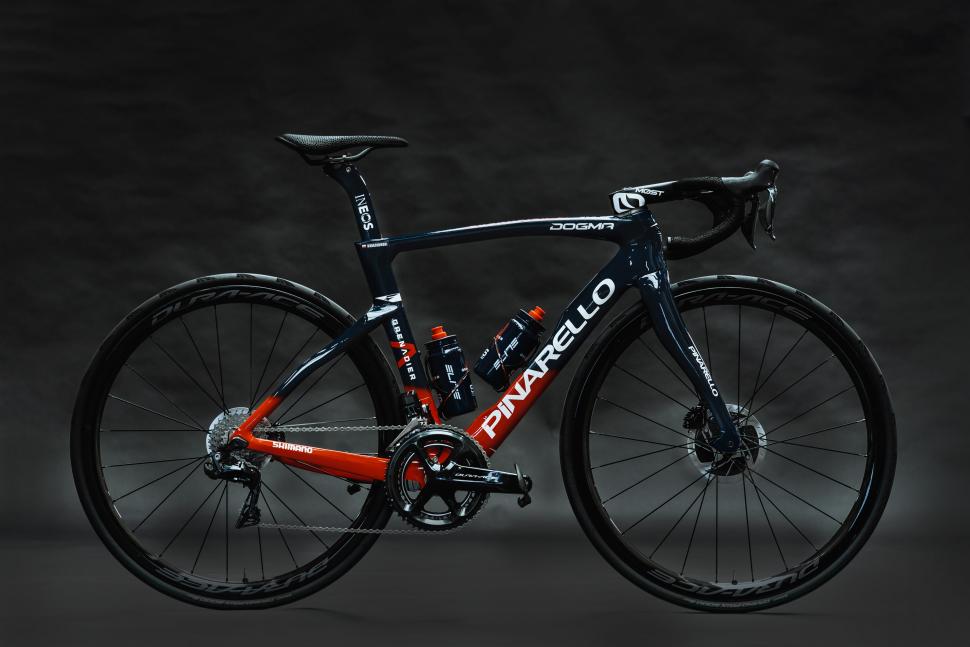 2021 Pinarello Dogma DiskBrake Grenadiers PRBX_03833
2021 Pinarello Dogma DiskBrake Grenadiers PRBX_03833Does the bike industry really want to force you on to disc brakes?
Team Ineos Grenadiers’ announced earlier this week that it is switching from rim brakes to disc brakes, the final UCI WorldTeam to do so; have the pros made the change as part of a cynical ploy by the bike industry to get more money out of you?
Why do we ask that question? If you look on social media you’ll see accusations that the bike industry is promoting disc brakes on road bikes simply to increase profits and that forcing pro teams to use discs is all part of the plan. This is an idea that has been rolling along for years and doesn’t seem to go away, so we thought we’d do some fact-checking. We’re not going to go into technology or performance here, but into what’s driving the market.
Of course, there are those who’d have you believe that road.cc and the rest of the cycling media is in on this disc-brake conspiracy too. If that’s you, you might as well stop reading because, well, what's the point if everything here could be a tissue of lies?
First off, are disc brakes being forced on a reluctant pro peloton? There was certainly some opposition in the early days with several riders claiming that injuries had been caused by rotors back in 2016, and Chris Froome provoked headlines much more recently when he said, “I don't think the technology is quite where it needs to be.”
It’s hard to judge pro riders’ opinions because they usually talk positively about sponsors’ products for obvious reasons, but we’re certainly not hearing as many doubts expressed about disc brakes as we once did. Either most pros are now cool with them or the sponsors have managed to convince them to stay shtum.
Top-level pro teams started shifting over to disc brakes five years ago, so what has prompted Ineos Grenadiers finally to make the shift now?
“We are always looking at ways to improve our kit, technology and bike setup to ensure the riders have the very best options that are available,” said Carsten Jeppesen, Ineos Grenadiers’ Head of Technical Partners.
“Our relationship with Pinarello has always been grounded in a love of racing and innovation, and their work on the Dogma F Disc should enable our riders to race to their maximum.
“Working closely with Pinarello and Shimano, we will continue to develop the all-round disc package, optimising weight, the integration across Dura-Ace, and improvements in the quick release system.”
Let’s be honest, that’s a pretty vanilla statement that doesn’t explain much.
The more cynical might say that until the Dogma F Disc was launched earlier this year, Ineos couldn’t get a disc brake Dogma to an acceptably low weight, so it was forced to stick with slightly lighter rim brakes.
The Dogma F Disc frame kit (including seatpost, headset, fork, and Talon cockpit) is said to be 265g (21%) lighter than the disc brake version of the F12, and Pinarello reckons that a size 53, built up with Shimano Dura-Ace Di2 (R9100, not the recently launched R9200 version) and DT Swiss ARC1400 wheels, weighs 6.8kg (no pedals) – 6.8kg being the lowest permissible bike weight for racing.
What about the idea that the bike industry would rather have you using disc brakes rather than rim brakes to make more money out of you? Well, if a brand convinces you that your current bike is out of date and you need to buy a new one they’ll make cash, but do they get more money by persuading you to opt for a disc brake model?
A contact from the British arm of a major global bike brand – who didn’t want to be named for commercial reasons – said, “More money comes in when we sell a disc brake bike than a rim brake bike simply because, if they’re an equivalent spec, the disc brake bike costs more. It’s the same as in the mountain bike world comparing a full-suspension bike with a similarly specced hardtail because the retail price is higher.
“However, on the flip side, a disc brake bike takes longer to build. Routing hydraulic hoses internally, attaching them, bleeding the system… all this means that the assembly time is much longer for a disc brake bike, and we only have so many production lines and man-hours.”
In other words, according to our source, it's not as black and white as you might think because a manufacturer can assemble fewer disc brake bikes in a given amount of time.
Wilier’s Kevin Izzard makes a similar point.
“In terms of manufacture, there are no advantages to the factory in building disc brake bikes,” he said. “Disc brakes with hydraulic hoses and the requirement for bleeding etc are far more difficult and time-consuming to instal onto a frame than rim brakes.
“This is especially true with modern fully integrated frame/handlebar designs. Although discs are more expensive than rim brakes, the purchase price is also higher so, together with the extra assembly costs, there are no benefits in terms of profit margin when assembling disc braked bikes as opposed to rim.”
Everyone we’ve spoken to in the bike industry has argued strongly that the shift towards disc brakes has been driven by consumer demand rather than by marketing plans. Of course, you could argue that they would say that, wouldn’t they?
Shimano has just launched new versions of its two top-level road groupsets, Dura-Ace and Ultegra, and although both are Di2 (electronic shift) only, they’re each available with disc brakes and rim brakes.
“If you’re talking about business benefits then it’s about offering a wide customer choice,” said Shimano’s Ben Hillsdon. “The reason for both disc brakes and rim brakes within our product line up is to support current customer demands. We offer bike brands the components to match what they feel is the best bike for their customers’ cycling preferences. Consumers are making choices with their components (eg their brakes) to fit their cycling goals and our product developments reflect that demand.”
That’s the official line – changes to the market are consumer-led, according to Shimano.
Giant says that it could have made the TCR road bike disc-brake only when it redesigned the platform last year but figured there was still enough demand to make a rim brake option viable, especially given that there are fewer models out there from other manufacturers. Specialized’s Tarmac SL7 is now disc brake only, for example, as is the latest Trek Émonda. There are plenty of other examples.
On the other hand, many high-end road bikes are still available in both rim brake and disc brake versions, including the Ineos Grenadiers’ Pinarello Dogma F and the Colnago V3Rs ridden by 2020 and 2021 Tour de France winner Tadej Pogacar and his UAE Team Emirates colleagues, allowing consumers to choose between them directly.
Giant’s David Ward said, “We will continue to offer rim brake bikes as long as the demand is there. If we thought we could sell 10 different rim brake TCR models, that’s what we’d offer, but demand has shifted over the past few years.”
In model year 2020, Giant offered seven rim brake TCRs and two framesets in the UK, and nine disc brake TCRs and two framesets. However, a massive reduction in demand for rim brake bikes meant that it offered only two rim-brake TCRs and one frameset in the 2021 model year. Meanwhile, the number of disc brake TCR models in the range increased to eight complete bikes and one frameset.
The swing will continue for the 2022 model year; there is just one TCR complete bike with rim brakes – the Shimano 105-equipped TCR Advanced 2 at £1,999 – and one rim brake frameset – the TCR Advanced SL at £2,549. The rest of the range is disc brake.
Moving on to the Propel aero road bike, Giant decided to bring only disc brake models into the UK in 2021, even though the Taiwanese brand had a rim brake version available globally, simply because that’s what the market demanded. The fact that Giant has spent a lot of R&D time and money on a rim brake Propel and still doesn’t feel it worth importing into this country probably tells you something significant.
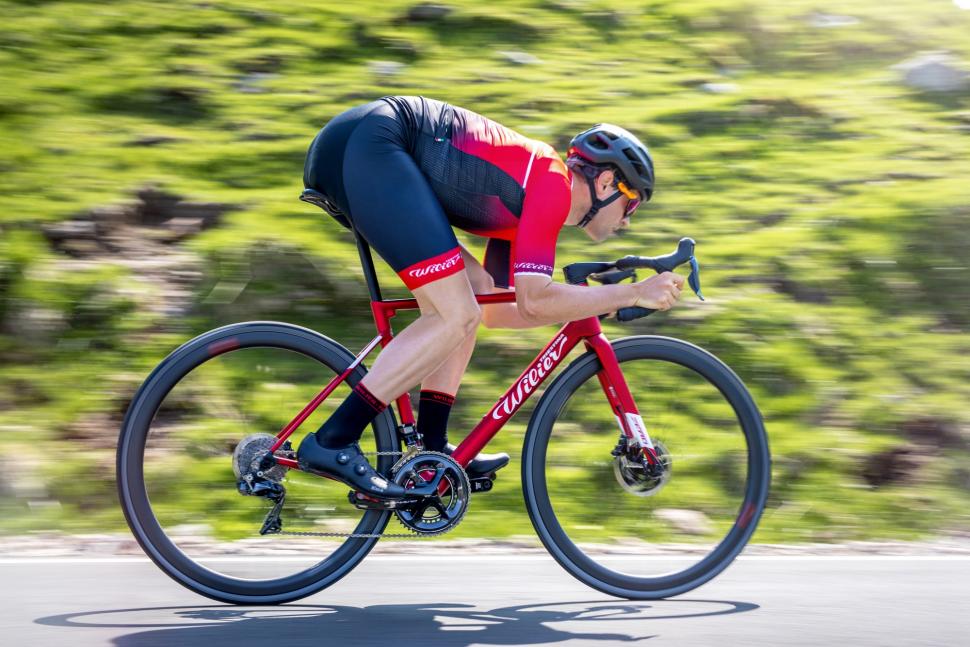 Similarly, when we went to a Wilier bike launch in 2019 the brand’s Claudio Salomoni told us, “We have already designed a Wilier Zero SLR with rim brakes, and started a pre-production version for our internal tests, but it looks like today's customer wants to buy disc brakes so there will probably be no market for the rim version.”
Similarly, when we went to a Wilier bike launch in 2019 the brand’s Claudio Salomoni told us, “We have already designed a Wilier Zero SLR with rim brakes, and started a pre-production version for our internal tests, but it looks like today's customer wants to buy disc brakes so there will probably be no market for the rim version.”
Although the Wilier Zero SLR Rim has been approved by the UCI, it has never come to market and, according to Wilier, isn’t likely to.
“Wilier was initially a somewhat reluctant entrant to the disc brake market, but has developed the new products purely in response to customer demand,” said Kevin Izzard. “In a remarkably short space of time, Wilier saw the market for rim brakes plummet and customers switched to ordering almost exclusively disc brake-equipped bikes.
“Wilier still produces some rim braked bikes, but to give you an example, the Cento 10 NDR is a frame that was designed to be built with either rim or disc brakes on the same frameset. Currently, only around 2% of sales are for the rim braked version, all the others are disc. This split is purely dictated by customer choice.”
Whether disc brakes offer a significant performance benefit on road bikes is a different – although related – discussion that we're not covering here, but our conversations suggest the idea that disc brakes are being forced on a reluctant bike buying public is a complete myth.
Mat has been in cycling media since 1996, on titles including BikeRadar, Total Bike, Total Mountain Bike, What Mountain Bike and Mountain Biking UK, and he has been editor of 220 Triathlon and Cycling Plus. Mat has been road.cc technical editor for over a decade, testing bikes, fettling the latest kit, and trying out the most up-to-the-minute clothing. He has won his category in Ironman UK 70.3 and finished on the podium in both marathons he has run. Mat is a Cambridge graduate who did a post-grad in magazine journalism, and he is a winner of the Cycling Media Award for Specialist Online Writer. Now over 50, he's riding road and gravel bikes most days for fun and fitness rather than training for competitions.
Latest Comments
- quiff 7 min 30 sec ago
https://road.cc/content/news/florida-man-armed-cyclist-jersey-sparks-debate-303035
- quiff 16 min 5 sec ago
I confess it is relatively new to me. It's psychologically hard to limit yourself to sidelights when everyone else is using headlights though - the...
- quiff 31 min 24 sec ago
I'm sure they'd ask Lime to do that too. Come and collect your bikes and my neighbour - they're in pieces.
- brooksby 37 min 18 sec ago
Ireland seems to have a lot of problems with their cycle lanes… Almost as many as England
- quiff 57 min 2 sec ago
Fair point - I was restricting myself to pedal bikes. As I've never spent that kind of money on anything though (mortgage doesn't count), it's kind...
- brooksby 1 hour 59 min ago
And finally: I wonder how many of the "more than 3,000" signatures on that petition are actually locals, who live or work there (and are not just...
- Doug_D 3 hours 35 min ago
Another book suggestion - I can highly recommend "Lost Summers and Half-Forgotten Afternoons: A Mint Sauce collection" - a beautifully presented...
- mdavidford 5 hours 26 min ago
I think you're missing an opportunity to pack even more tech into it - add accelerometers that can detect whether they're pedalling or stepping....
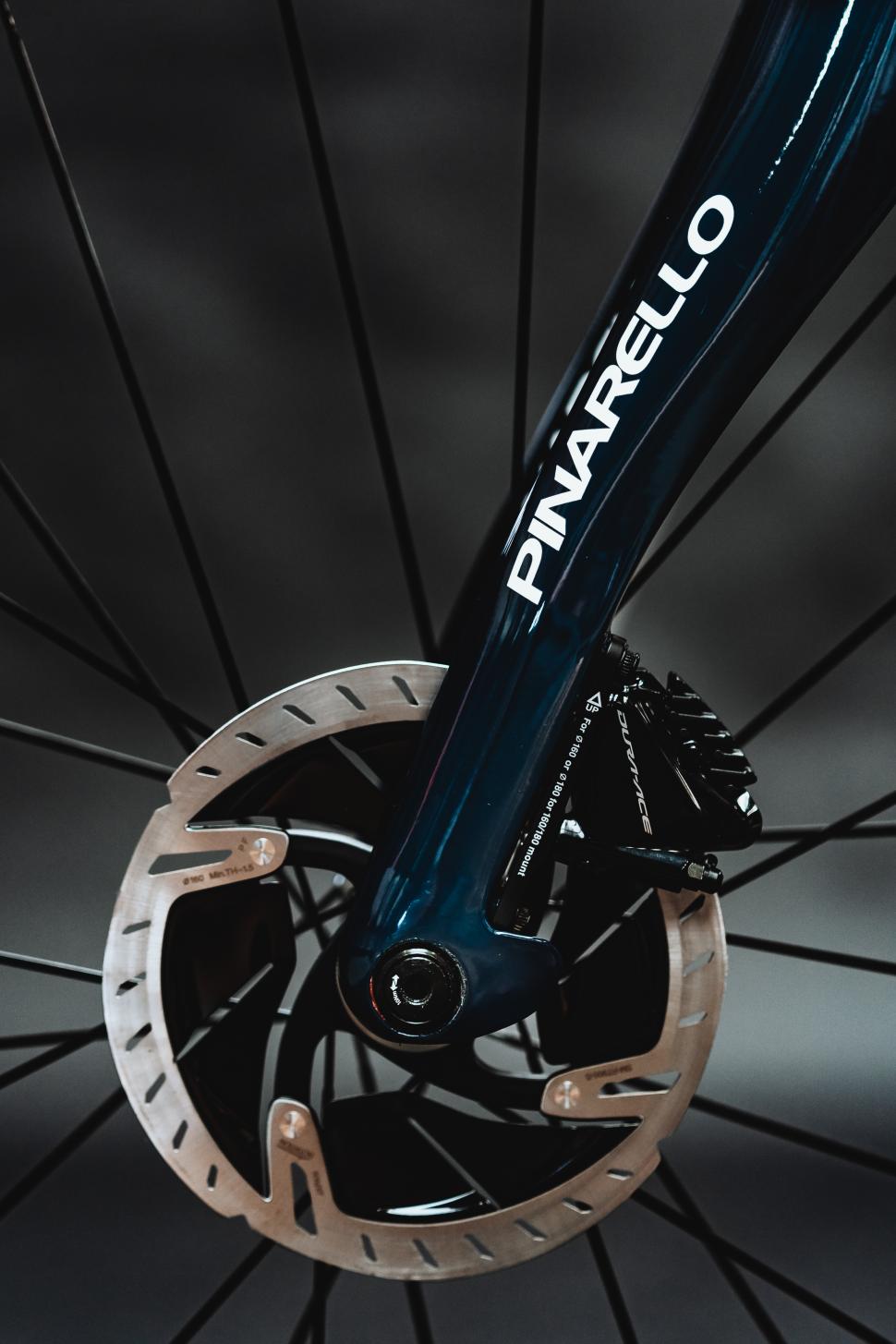
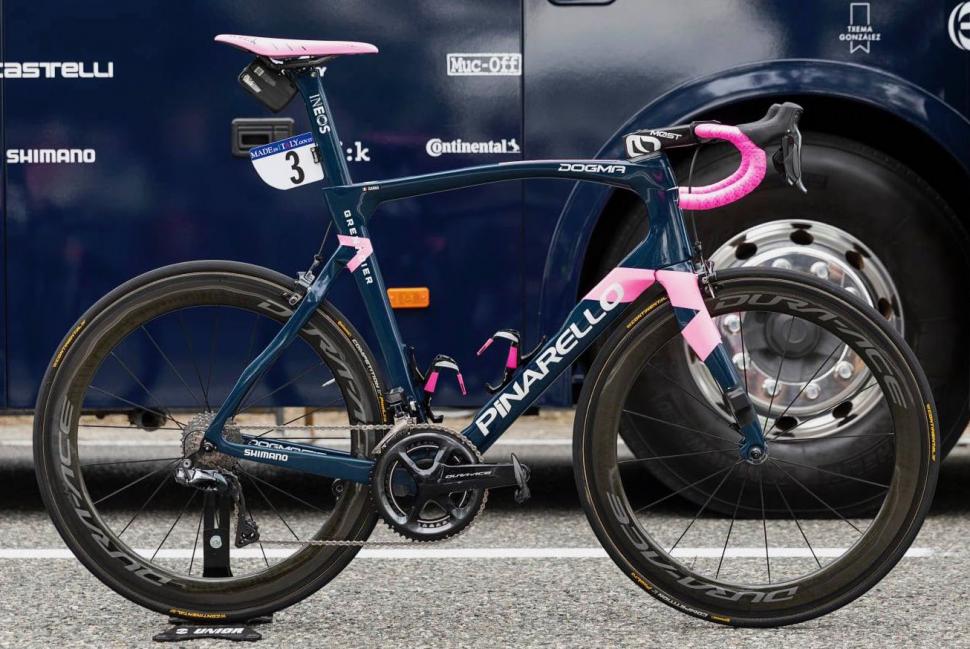

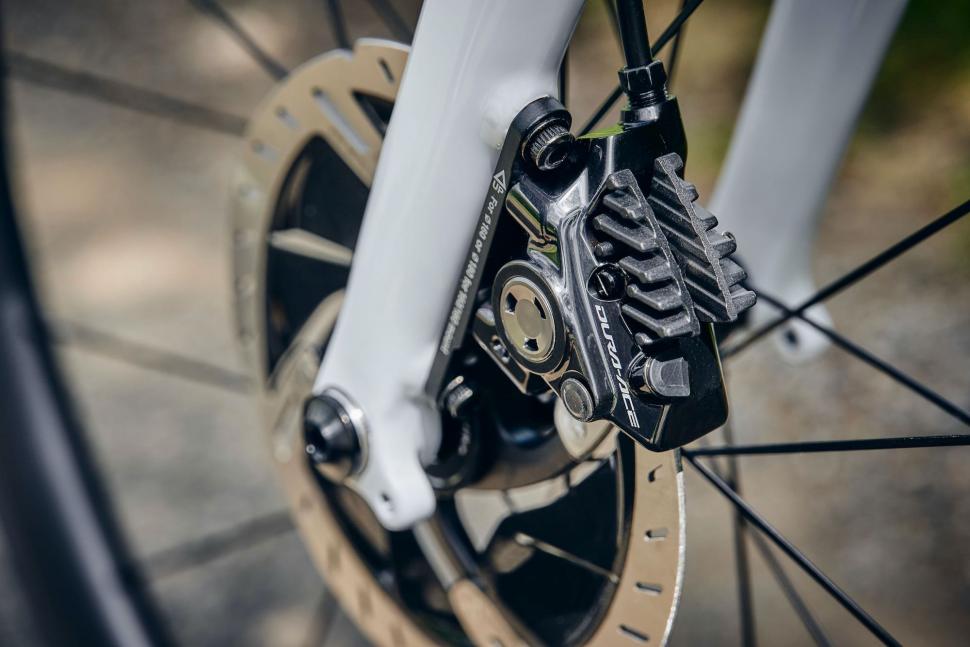
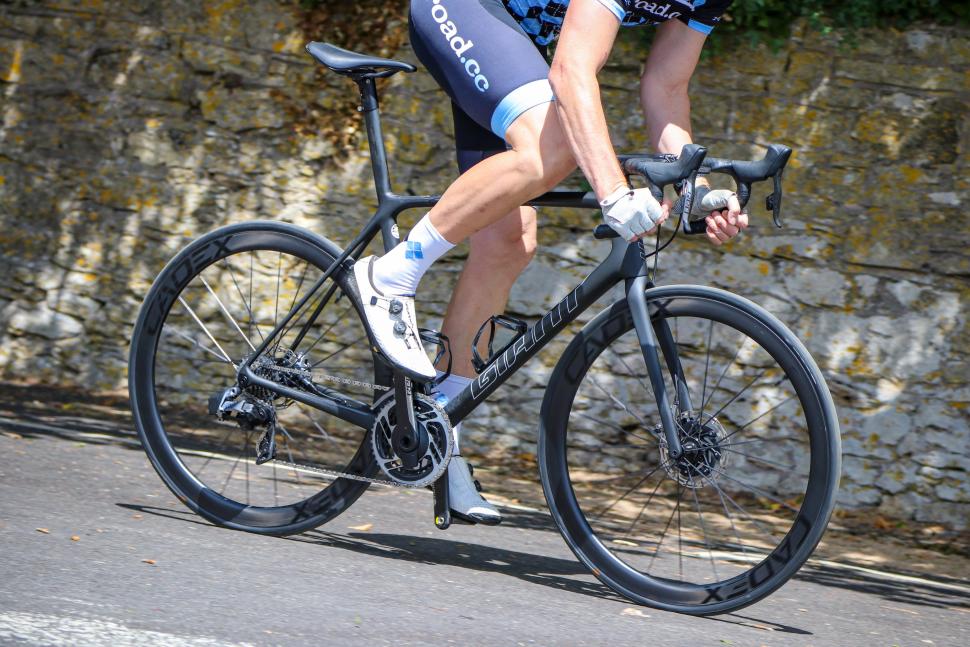
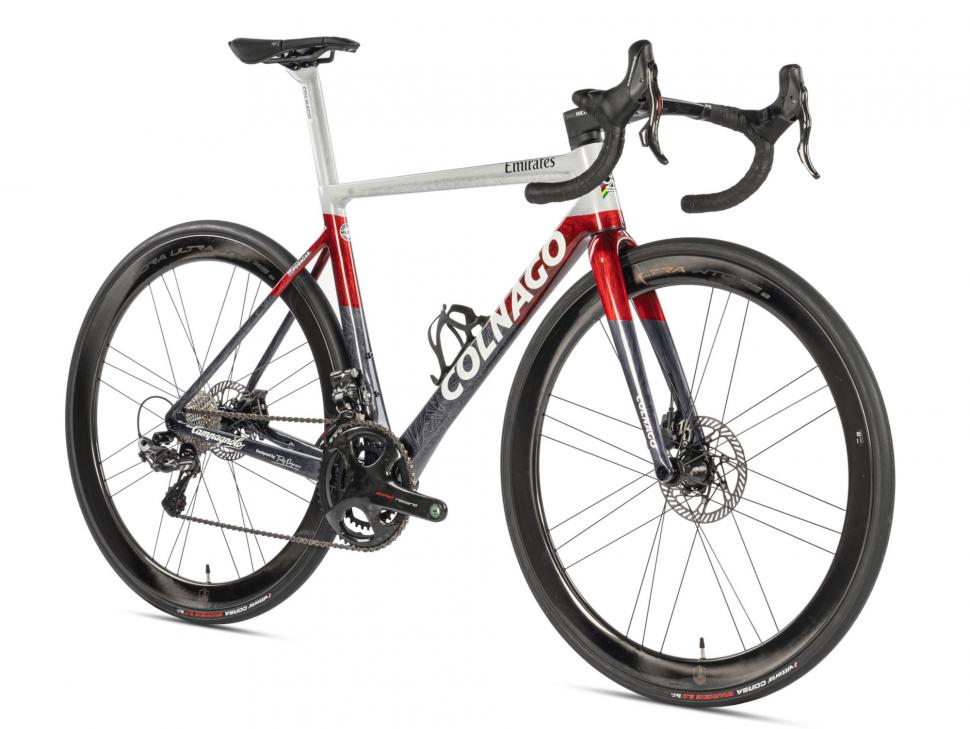
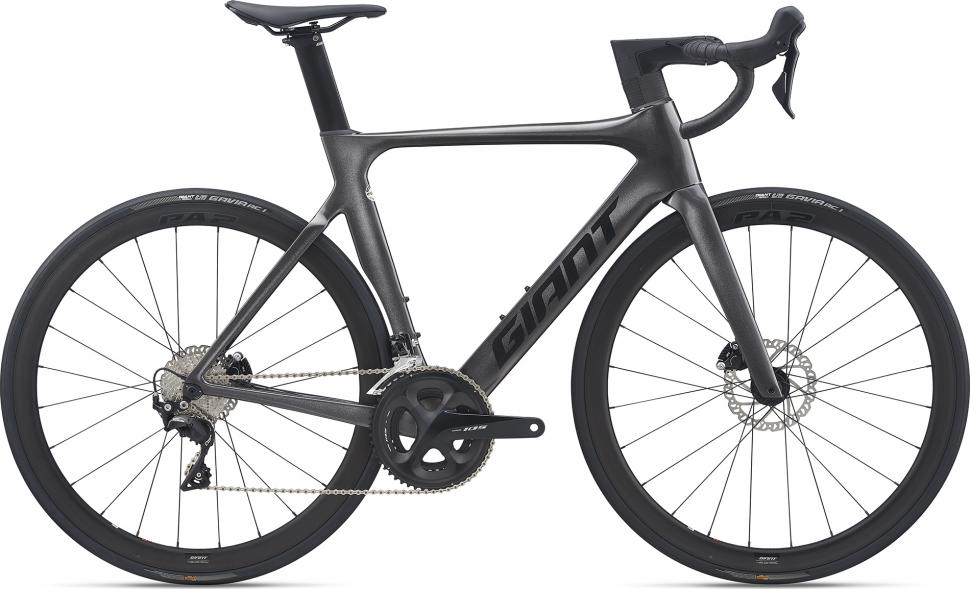
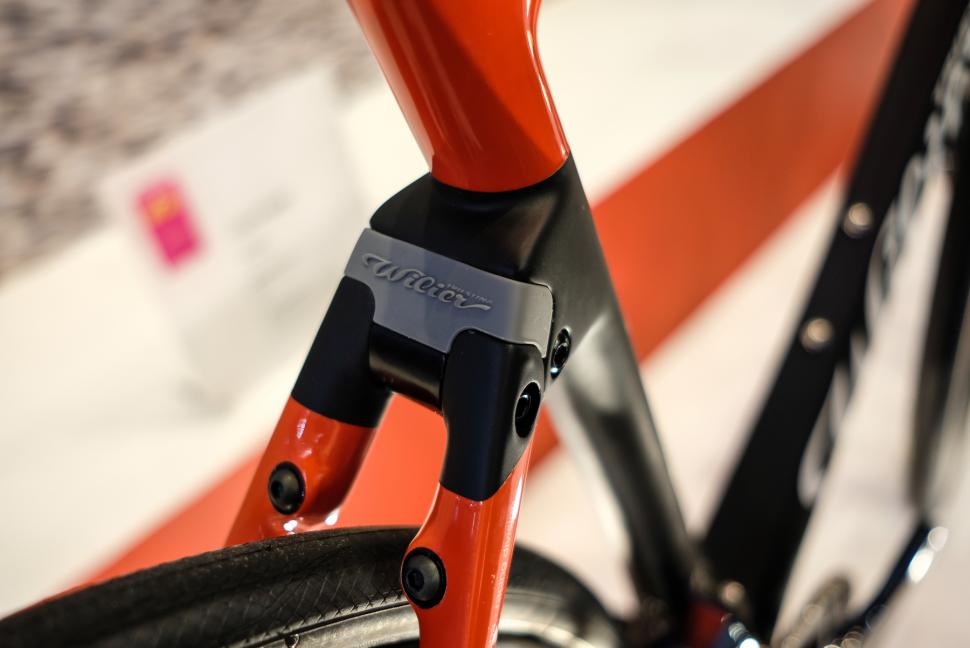
Add new comment
98 comments
That's the bit after you have set them up. Then there is fiddling about with avoiding squeal.
Maybe I'll find out one day, so far the occasion has never presented itself. But you may have a point there - I've wasted loads of time, reading about the travails of bleeding hydraulic brakes. Maybe all the "how to" articles lead some people to believe it actually needs doing. I think it's mostly about column inches.
Had hydraulic discs for years on MTBs. Never Bled 'em. Every year or two I top up one or other master cylider reservoir. World's easiest job.
Same here, 6 years of use on my Shimano XT disk brakes. Never bled them, never topped them up.
My Hopes needed fluid replacement, got the hope kit, watched the videos, did it. Enjoyed the process, serviced the pistons, then a week later bled them and redid the pistons. Only thing is, I have to remove my bell to fit the top up reservoir.
Also glad I had the Park piston press.
But I do like new and interesting bicycle maintenance.
I bought this. too wide for shimano ultegra calipers. (luckily soon I will have hope on both my disc bikes)
There's no reservoir on road groupsets, you need to get the bleed kit out, remove the pads, depress the pistons so you can fit the oil level spacer, attach bleed kit without losing too much oil, suck some oil in without getting air with it, fanny about with the levers a few times to get bubbles out, remove the need kit and dribble some oil on the kitchen floor, have a think about how to dispose the excess oil in the syringe for a while before pouring it down the sink, screw all the screws back in, replace the pads while hopefully not disturbing the carefully balanced Heath Robinson-esque brake system you spent a few days trying to mostly eliminate random noises from the year previous. You will, and you'll spend a similar amount of time eliminating those noises again, before finally fixing it just as the levers go spongy again
Nice write-up, but...
in the sink?
Pages